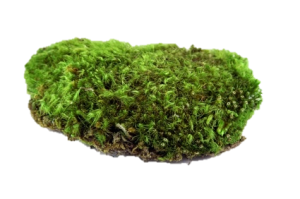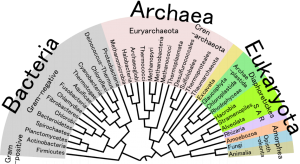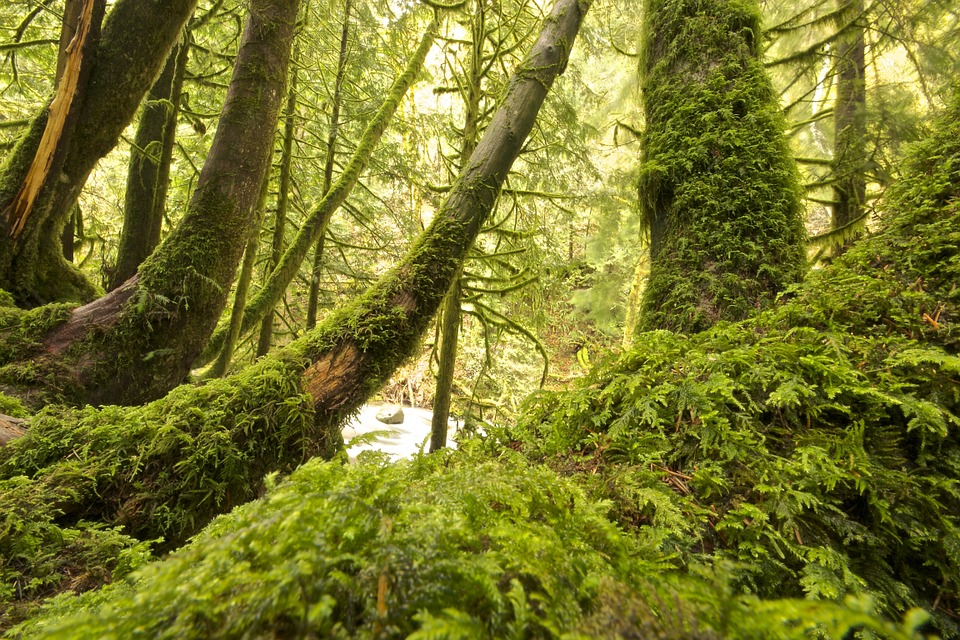MOSSES ARE LAZY
|

GET A JOB!!! PAY RENT!!!
All Organisms Evolved to be As Lazy as Possible
Most organisms will evolve to use the least amount of energy necessary. In other words, if an organism doesn’t need to do something to survive, it probably won’t. (Same…)
Due to natural selection, most species fulfill some sort of niche in which they can thrive without competition (or at least with as minimal competition as possible – every species encounters competition, as resources like space, water, nutrients, and sunlight are constantly limiting factors in population growth).
All the factors that contribute to evolution has produced a vast and diverse pool of species that can be traced back to a common ancestor. The phylogeny of living organisms has been studied thoroughly, and the tree of life produced shows the relationship between them:
One of the ways in which the vastly broad categories of kingdoms (such as plants, animals, and fungi) are split up is by phylum. The kingdom of Plantae includes such phyla as Pteridophyta, Coniferophyta, Lycopodiophyta, etc. One of the most notable phyla is the Bryophyte phylum, which includes mosses, hornworts, and liverworts.1 Bryophytes are one of the most primitive phyla, being the first plants to colonize land. They are closely related to green algae (or charophytes), which is considered to be a common ancestor to all plants. In fact, the earliest moss fossil known to us is dated to be 320 million years old.
All Vascular Plants Have Mosses to Thank
Indirectly, of course: the phylum to which mosses belong bridges the gap between aquatic green algae and vascular land plants. Mosses are like distant cousins of the vascular phyla.
In general, byrophytes are low-growing, spongy, and prefer moist environments. There are a few distinguishing characteristics of bryophytes:
- Unlike most land plants, bryophytes are gametophyte dominant.1 Most plant’s lifecycles are sporophyte dominant, where the green, fleshy parts of the plant are diploid – containing two sets of chromosomes. However, the green, fleshy parts of bryophytes are haploid: the cells only contain one set of chromosomes.
- Mosses do not have vascular tissue. Plants which evolved post-bryophyte contain vascular tissue – xylem and phloem – which helps to transport nutrients and water into the furthest reaches of the plant. There are a few
 major consequences to bryophytes not containing vascular tissue:
major consequences to bryophytes not containing vascular tissue:
- Mosses prefer to grow in moist environments.* Food and water are essential in order to not die! The moss needs to grow in an environment with easy access to water, because they do not have xylem or phloem to move water to more remote areas of the plant.3
- Mosses are generally low growing. Xylem and phloem are essential to move water and nutrients up long distances.
*Mosses don’t just like to grow in moist environments because they are thirsty. They also need it to reproduce. Water droplets spread the motile sperm on the antheridium to the egg inside the archegonia.3
Mosses in the wild often go overlooked when compared to more flashy plants. However, they are an important contributor to the stability of almost all the ecosystems in the world.2
Mosses are built to last. Their evolutionary traits allow them to thrive in almost any environment, so long as there is water that is easily accessible. One of the qualities they employ is their ability to survive arid conditions. If one were to go into the woods of the Pacific Northwest on a sunny day in the summer, the mosses would probably look shriveled up and dead. However, these mosses will likely bounce back when it inevitably rains again – this is called desiccation tolerance.
The Holy Trinity
As stated before, the Bryophyte phylum consists of liverworts, mosses, and hornworts. So how are these groups different?
Most of the differences are in morphology. All three groups have the same defining qualities of bryophytes.
